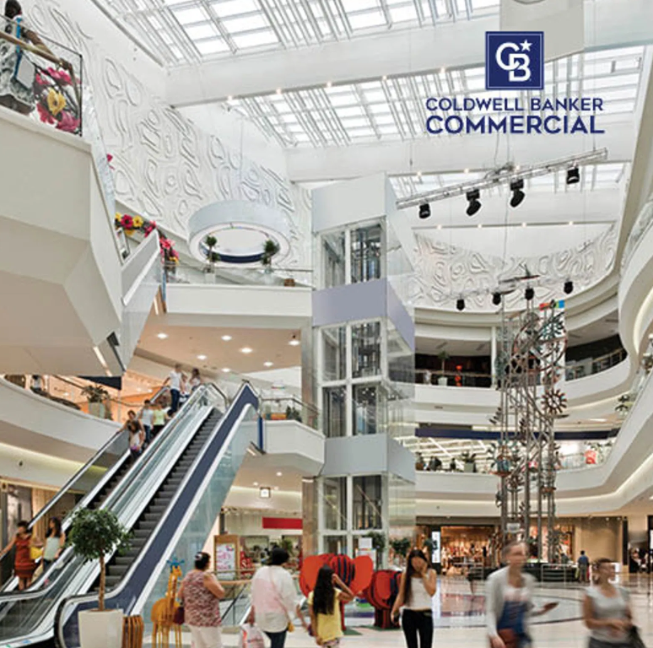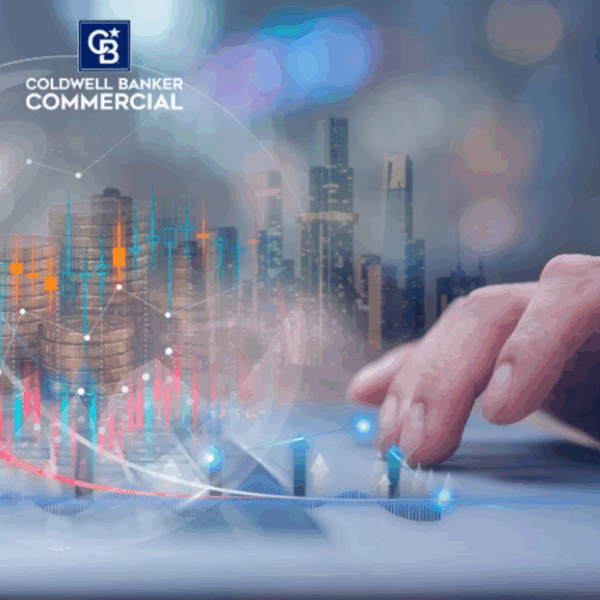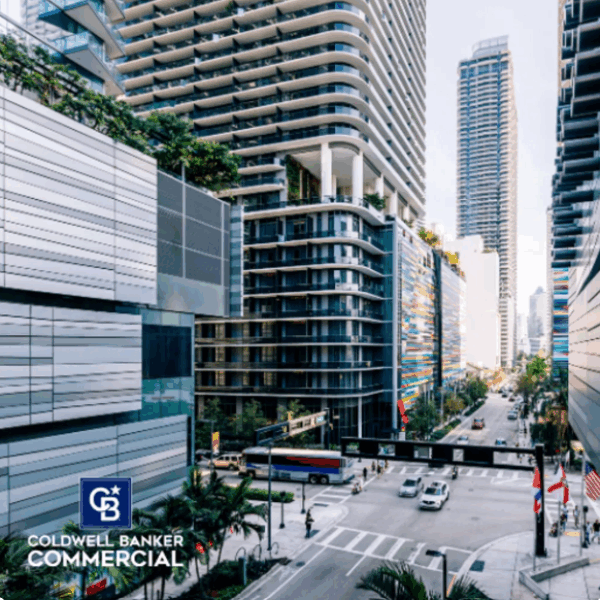With climate change intensifying the frequency and severity of heatwaves across the United States, more people are spending extended periods of time indoors. Violent weather patterns also routinely result in downed power lines, which force many people out of their sweltering homes until power is back on.
One somewhat unexpected refuge from the heat in recent years has been the enclosed shopping mall. These retail spaces are witnessing a surge in foot traffic, as people seek climate-controlled environments to escape the oppressive temperatures. In a post-pandemic world where e-commerce dominates, this trend is a welcome relief for mall operators.
Unlike outdoor retail properties like open-air and strip centers, which are commonly flanked by surface parking lots that offer little protection from the relentless sun and heat, malls provide a cool, air-conditioned environment where people can comfortably shop, dine, or simply walk around for extended periods.
The influx of visitors is a silver lining for enclosed mall owners who have struggled to regain pre-pandemic foot traffic. Enclosed malls in heat-prone regions like the Carolinas are witnessing a notable uptick in visitors, transforming them into havens for heat-weary residents in cities such as Charlotte and Raleigh.
Experiential-focused tenants within the malls are particularly well positioned. Food courts, entertainment venues, and specialty shops are directly benefitting from the traffic increase. Eateries and cinemas are thriving as visitors seek both shopping opportunities and leisure activities that allow them to stay cool. This renewed vibrancy is contributing to a healthier retail environment overall.
Retail-focused brokerages are closely monitoring these trends and advising on how to capitalize on this opportunity. By strategically positioning their properties and tailoring their retail mix to meet the needs of heat-weary consumers, these brokerages are helping malls maximize their potential. Strategies include enhancing leisure and entertainment options, improving mall ambiance, and emphasizing the climate-controlled environment in marketing efforts.
But an increasing reliance on air conditioning to attract visitors does raise sustainability concerns. Cooling is the fastest-growing use of energy in buildings, with projections suggesting that energy demand for space cooling will more than triple worldwide by 2050. Malls, which are often large, energy-intensive spaces, contribute significantly to this growing demand. To address these concerns, some mall operators are investing in energy-efficient systems and exploring renewable energy sources to power their facilities.
While enclosed malls may play an increasingly important role as community hubs where people can find relief from the elements, the key will be to sustain this momentum while adapting to changing consumer behaviors and environmental demands.
As these spaces become sanctuaries from extreme heat, mall operators have a unique opportunity to revitalize their properties and create environments that cater to both the present needs and future demands. The challenge will be ensuring these spaces remain sustainable and relevant in an ever-changing world.








